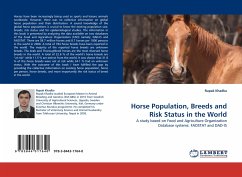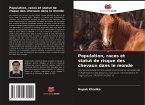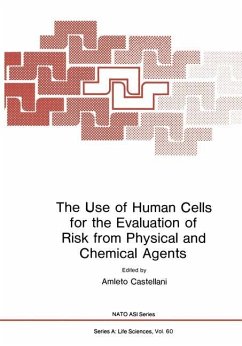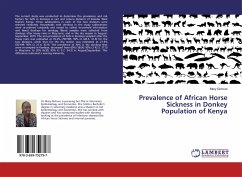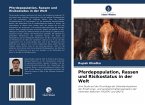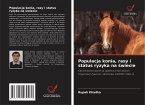Horses have been increasingly being used as sports and leisure animals worldwide. However, there was no collective information on global horse population and their distribution. A sound knowledge of the global horse populations is crucial to know the existing population size, breeds, risk status and for epidemiological studies. The information in this book is presented by analyzing the data available on two databases of the Food and Agriculture Organization (FAO) namely: DAD-IS and FAOSTAT. There are 58.7 million horses and 8.7 horses per 1000 persons in the world in 2008. A total of 784 horse breeds have been reported in the world. The majority of the reported horse breeds are unknown breeds. The Arab and Thoroughbred horses are the most diversed horse breeds in the world. A total of 22.6 % of the world's horse breeds are "at risk" while 11.5 % are extinct from the world. It was shown that 31.8 % of the horse breeds were not at risk while 34.1 % had an unknown status. With the outcome of this book I have fulfilled the gap by providing the collective information on existing horse population, horse per person, horse breeds, and more importantly the risk status of breed in the world.
Bitte wählen Sie Ihr Anliegen aus.
Rechnungen
Retourenschein anfordern
Bestellstatus
Storno

